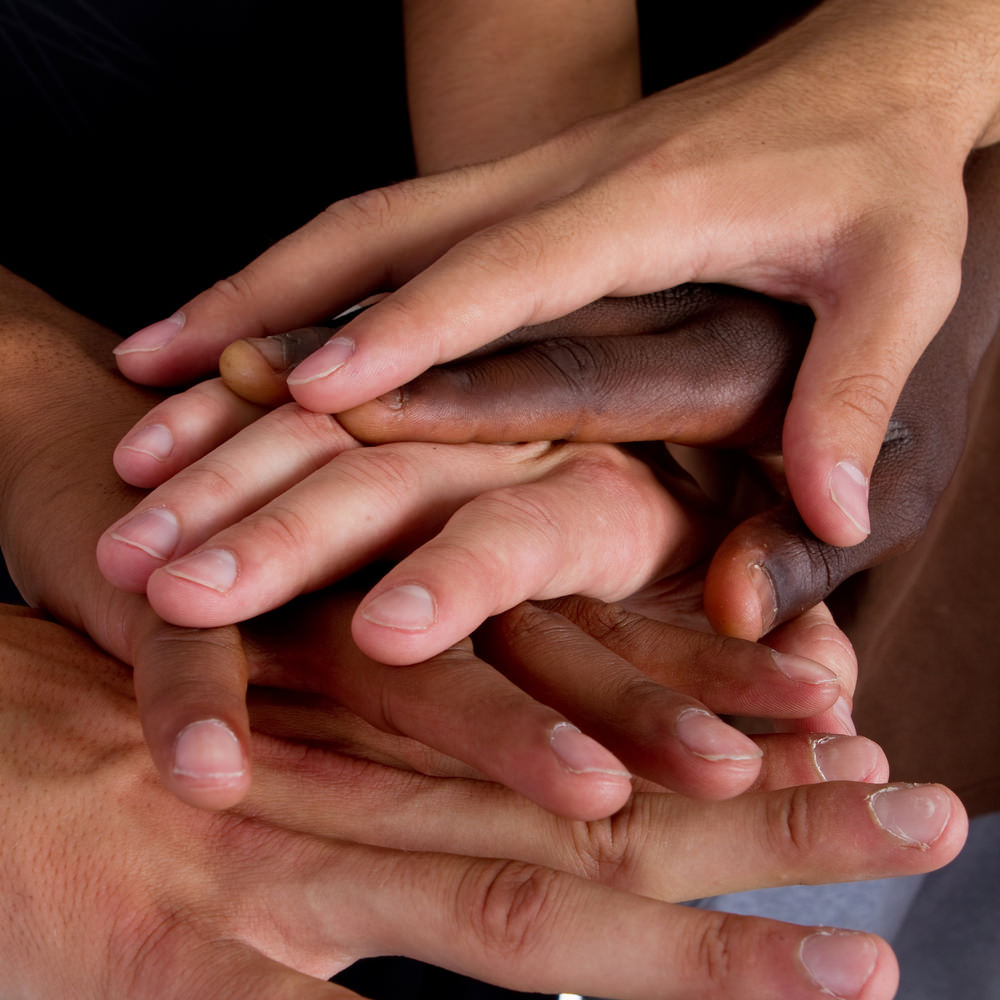Relations between different ethnic and religious groups in the Middle East, U.S., and EU are deteriorating at a rapid pace. Across these three areas, Muslims are pitted against non-Muslims and black and brown people are pitted against white.
What is needed now more than ever is a role model whose teachings counter bigotry and whose acts serve as a model for coexistence. I believe that role model is none other than Prophet Muhammad.
Approximately 1,400 years before the Civil Rights movement in the US and the anti-apartheid campaign in South Africa, the Prophet Muhammad dealt with the issues of xenophobia and prejudice in Saudi Arabia.
In this short piece, I highlight how the Prophet fought against the idea of judging individuals and groups based solely on their skin color and ancestry.
Prophet Muhammad’s anti-racist views are seen in his friendship with Bilal ibn Rabah, a black slave who rose to a leading position within the Muslim community of 7th century Arabia.
One story relates how Muhammad defended Bilal after Abu Dharr Al-Ghifari, one of the Prophet’s companions, called Bilal “the son of a black woman.”
Annoyed with this emphasis of identifying people by skin color, Muhammad criticized Abu Dharr by stating:
You are the man who still has the traits of ignorance in him.
The Prophet’s reference to Abu Dharr’s ignorance refers to the “pre-Islamic” state of jahiliyyah, an Arabic term meaning “the state of ignorance of Divine guidance.”
This period of Arab history before Muhammad’s arrival was marked by “barbarism” and “lawlessness,” as described in the Quran. The Prophet’s anti-racist mentality helped lead Arabs out of this darkness and into the light by guiding them onto the path of justice and equality.
Continue Reading here.


